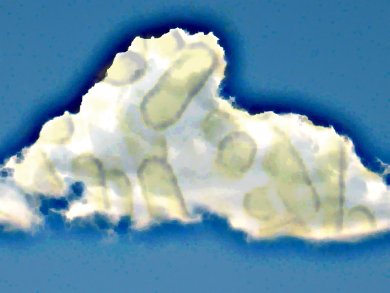The ability to form ice crystals around microscopic particles turns ordinary clouds into rainmakers. Given the complexity of the atmosphere, one of the greatest challenges involves resolving the impacts of natural versus anthropogenic sources on our atmosphere and climate.
Kim Prather, University of California, San Diego, USA, and her group have used single-particle mass spectrometers to sample cloud droplets and ice crystals in real-time. The instruments were aboard analysis aircraft flying through clouds high above the western seaboard.
The team has found that the dust blowing from Asian and Chinese deserts across the Pacific includes microbes and that the aerosol composition of the dust is key to how much rain and snow falls from a cloud. They speculate that the microbes travel on bits of sand, iron, and other debris swept aloft from desert regions.
The researchers hope that in the long term they will be able to predict how much precipitation can be expected when certain aerosols are found in a cloud.
- Recorded at the 248th National Meeting & Exposition of the American Chemical Society (ACS), San Francisco, CA, USA
- All articles published from this event
- Event: 248th ACS National Meeting & Exposition


